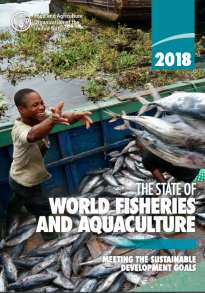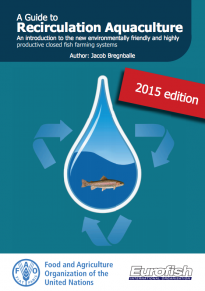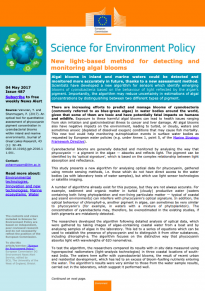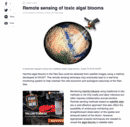Application of Appropriate Technology for Mortality During Grow Out
The responsible use of veterinary medicines, including antimicrobials, has benefits in terms of improved on-farm biosecurity and husbandry (e.g. through the use of vaccines and disinfectants). Such medicines are useful in treating chronic diseases that cause reduced growth, low food conversion rate and poor survival, and in battling epizootic diseases that can cause mass mortalities. However, the imprudent use of antibiotics in aquaculture has led to issues concerning antimicrobial residues and antimicrobial resistance.
Maintaining Water Quality
Maintaining Water Quality
Maintaining water quality is key to reducing mortality risks. In a recirculation system, it is necessary to treat the water continuously to remove the waste products excreted by the fish, and to add oxygen to keep the fish alive and well. A recirculation system is in fact quite simple. From the outlet of the fish tanks, the water flows to a mechanical filter and further on to a biological filter before it is aerated and stripped of carbon dioxide and returned to the fish tanks. Several other facilities can be added, such as oxygenation with pure oxygen, ultraviolet light or ozone disinfection, automatic pH regulation, heat exchanging, denitrification, etc., depending on the exact requirements.
Tanks are often fitted with sensors for water level, oxygen content and temperature for having complete control of the farm. Installing diffusers for supplying oxygen directly into each tank in case of an emergency situation should also be considered.
Intensive fish farming requires close monitoring and control of the production in order to maintain optimal conditions for the fish at all times. Technical failures can easily result in substantial losses, and alarms are vital installations for securing the operation.
In many modern farms, a central control system can monitor and control oxygen levels, temperature, pH, water levels and motor functions. If any of the parameters moves out of the preset hysteresis values, a start/stop process will try to solve the problem. If the problem is not solved automatically, an alarm will start.
Technology, such as a light-based method, can be used to help detect and monitor harmful algal blooms. Additionally, remote sensing is seen as a cost-effective way of monitoring such blooms.
Predatory Control
Predatory Control
The principal predators in coastal, marine finfish aquaculture are aquatic mammals (e.g. seals) and birds (e.g. herons), while those of inland, freshwater finfish aquaculture are primarily birds. Predators may cause damage to livestock or farm facilities either directly, indirectly or both. Direct damage results when the fish or other cultured organism is killed or seriously maimed by the predator and is therefore lost from production. Indirect damage is highly variable and includes:
non-lethal wounding of fish
chronic stress with a consequent reduction in feeding efficiency or health
transfer of harmful disease-causing organisms (e.g. bacteria, viruses and parasites)
physical damage to the animal enclosure system leading to escape
Before any control method is considered, aquaculture producers should first determine whether predatory control is economically justified, and if laws protect the predatory species in any way.
The separation of the cultured animal from its potential predators is the most effective solution for controlling the impacts of predation. These containment methods include the use of separate nets, covers, building enclosures and other types of ‘barriers’. A variety of so-called ‘deterrent’ methods can be used to discourage predators from attacking their prey. These usually involve some form of auditory, visual or physical noxious stimuli, such as scarecrows and models of other natural predators, or by the use of guard dogs, birds of prey (e.g. falcons), noise emitting devices and even systems to spray water to scare away undesirable species.
Key Publications
The State of World Fisheries and Aquaculture 2018 A global description and current insights into the critical importance of fisheries and aquaculture in terms of food, trade, the environment and livelihoods.
|
| |
A Guide to Recirculation Aquaculture This guide focuses on the techniques for the conversion from traditional farming methods to recirculated aquaculture and advises the farmer on the pitfalls to be avoided along the way. | ||
New light-based method for detecting and monitoring algal blooms Scientists have developed a new algorithm for sensors which identify emerging blooms of cyanobacteria based on the behaviour of light reflected by the algae’s pigment. |
More Resources
More Resources
31 October 2023
01 January 2019














